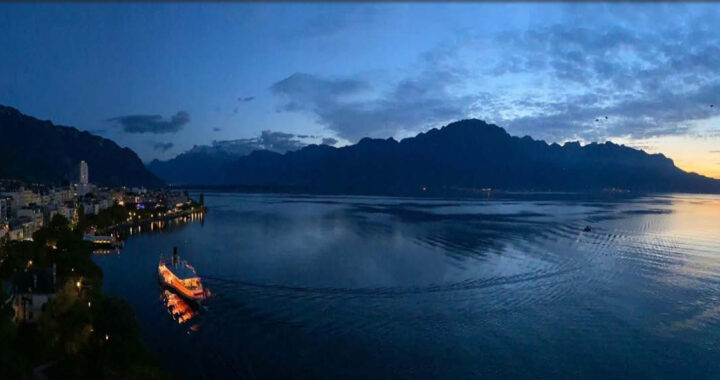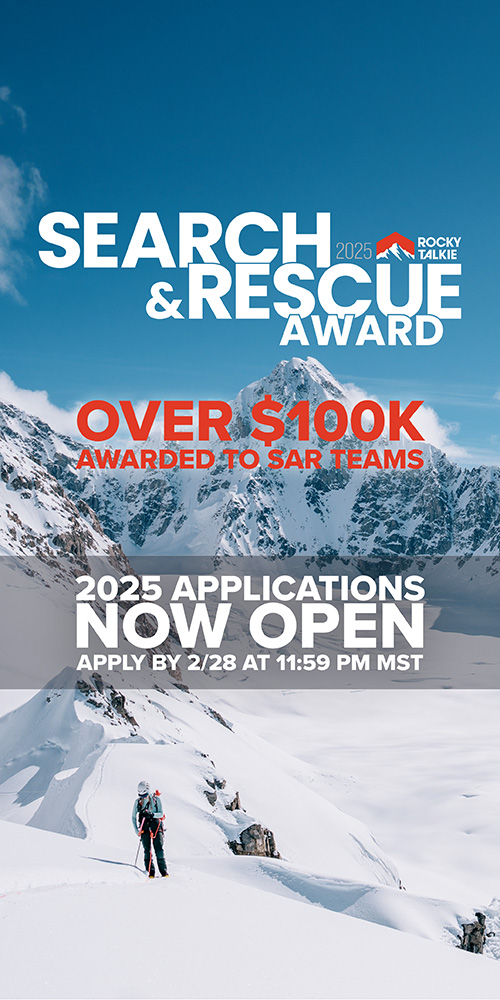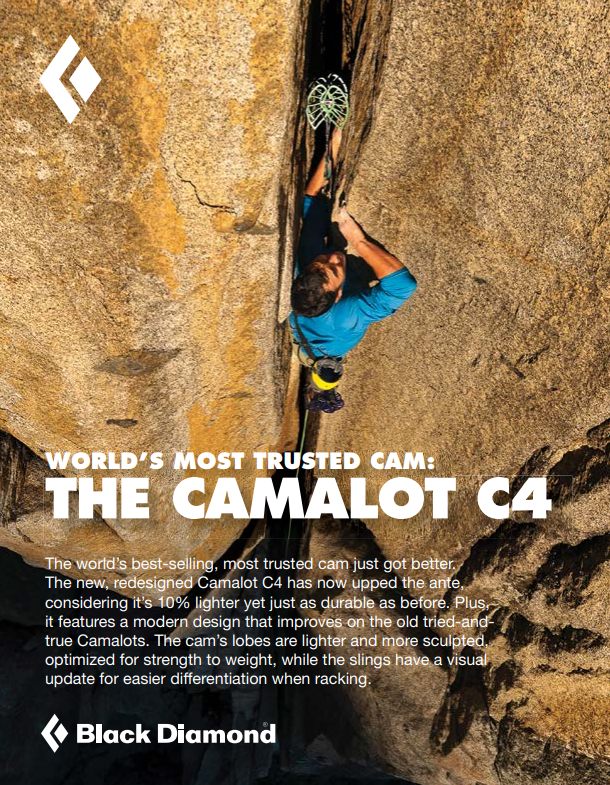ICAR MEDCOM 2022, Montreux, Switzerland
Report to MRA
Dr. Alison Sheets, Dr. Christopher VanTilburg
ICAR 2022 was the first in-person conference since the Covid-19 epidemic and generated a great turn out with around 500 attendees. All commissions had great participation and the venue in Montreux was excellent. The MEDCOM activities began with a pre-conference in Lausanne- The VIIth International Symposium on Accidental Hypothermia. Advances in treatment of accidental hypothermia as well as physiology and prognostication of hypothermic victims were discussed over the one-day symposium. Much of the information presented was also reviewed in the regular working sessions of the MEDCOM later in the week and have informed our recommendations. A few takeaways include that ECMO (extra-corporeal membrane oxygenation) has enormous superiority to cardiopulmonary bypass and emphasizes that there is no more indication for internal rewarming. Most of the discussion was regarding the in-hospital evaluation and treatment of hypothermic patients and is less relevant for MRA members. The lowest core temperature of a survivor of hypothermia was 11.8 degrees C with the patient being a child).
The first day of the ICAR Congress was a practical day in the mountains above Montreux. Dr. Oliver Reisten, aeromedical doctor from Air Zermatt, gave a thought-provoking presentation on risk and resource management. Several topics reviewed were familiar including rescuer safety first, anyone can call a stop, and developing a team culture where mistakes can be openly discussed. He also called out the need to adjust focus for the situation, for example, if one team member must focus on a specific task like a medical intervention or difficult technical problem, the rest of the team should unfocus, as that is where the best situational awareness lies. Team members should unfocus and free up resources as soon as the task is complete. Rescues are fluid situations and depend on a well-trained and connected team. Dr. Reisten introduced “The Pareto Principle” which is the relationship between effort and result. Eighty percent of the maximum result is accomplished by 20% of the effort and the extra resources needed to get to 100% are better used elsewhere. In other words, don’t let perfect get in the way of good enough.
Multiple manufacturers had litters on display for comparisons during the practical day. These were all bag-type litters intended for helicopter operations. Interestingly, in Europe, these litters are considered medical equipment and must go through certification like other medical devices (expensive, complicated).
This year much of the MEDCOM work at the conference was in “development sessions” to bring recommendations and work in progress before the committee for discussion and critique. A great deal of time was spent on Medical Management of Avalanche Victims and an update on the avalanche resuscitation algorithm. Much of the discussion was related to hypothermia care and differentiating the asphyxiated avalanche patient from the hypothermic one. The survival of critically buried avalanche victims in cardiac arrest is, and has always been, grim. Once the recommendations are published, they will be available to the MRA as ICAR members. The basic decision point remains at 60 minutes. Any avalanche victim with signs of life is treated according to well established trauma and emergency care protocols. The cardiac arrest victim is assessed as follows:
Critical burial less than 60 minutes, initiate resuscitation with emphasis on rescue breaths unless OBVIOUS signs of death from trauma.
Burial greater than 60 minutes and open airway, assume hypothermia and resuscitate per hypothermia protocols.
If burial time is greater than 60 minutes and airway is obstructed (nose and mouth packed with snow or debris), assume asphyxia, and do not resuscitate.
There are many details about measuring temperature in the field, use of monitors and ultrasound, witnessed vs unwitnessed arrest. The reality is that avalanche victims with unwitnessed cardiac arrest have an extremely low chance of survival. The working group admittedly states they are looking for the unicorns, those hypothermic patients that look dead but can survive with good neurologic outcomes. Wisely, there is a strong recommendation for medical directors to establish protocols for the SAR teams that address their specific environment, resources, EMS, and hospital systems as there is significant variability worldwide.
Faster but less furious; Implementation of Medical Operative Workflow in the Royal Norwegian Air Force
Presented by Dr. Sven Christjar Skaiaa (RNoAF).
In Norway the public assumes that the Air Force has provided the best possible care since 1972 with the beginnings of their Sea King Helicopter based rescue. With 45,000 rescues a year they were certainly getting much practice but on close consideration in after-action reviews, many areas for improvement were found. Through a nationwide retooling of every detail of cabin configuration, crew task assignments and kit efficiency they were able to reduce on scene times 16-21 minutes and improve crew performance. Videoed simulations allowed careful critiques and fine tuning to achieve these improvements. Communications, always an area for inefficiencies, were also a crucial area for reworking. While harder to achieve this kind of nationwide program in the USA, the use of simulation training and attention to the choreography of a medical resuscitation team are great takeaways.
Epidemiology of Emergency Medical SAR in North Shore Mountains Vancouver, BC 1995-2020.
Presented by Dr. Alec Ritchie, North Shore SAR team member and medical director.
As one of Canada’s busiest SAR teams, North Shore SAR reviewed occupational accidents of the all-volunteer SAR team. They found that 59% were sustained during training, 96% were traumatic injuries although most minor. There were 24 fatalities in the line of duty from 1969 to 2020. This included 3 during training and 6 other fatalities in two separate helicopter crashes.
There were several joint sessions between MEDCOM and other commissions including amazing case reports from Poland and important new work from Responder Alliance’s Laura McGladrey on pre-incident planning and major incident response. Dr. Sheets led a development session on a psychosocial and psychological first aid recommendation paper that’s in progress. Responder Alliance (RA) is an organizational partner with the MRA. Operational stress from SAR work continues to get a lot of attention and recommendations are being developed currently. If this topic interests you, look at the RA website for tools, links, and educational opportunities. Resilience and good mental health help you and your team provide more compassionate patient care, promote team member retention, and prevent stress injury in major incidents.
Other development sessions which are in progress include guidelines for Termination of Resuscitation and the updates to the Diploma in Mountain Medicine course requirements, which is co-sponsored by ICAR, ISMM and UIAA.



